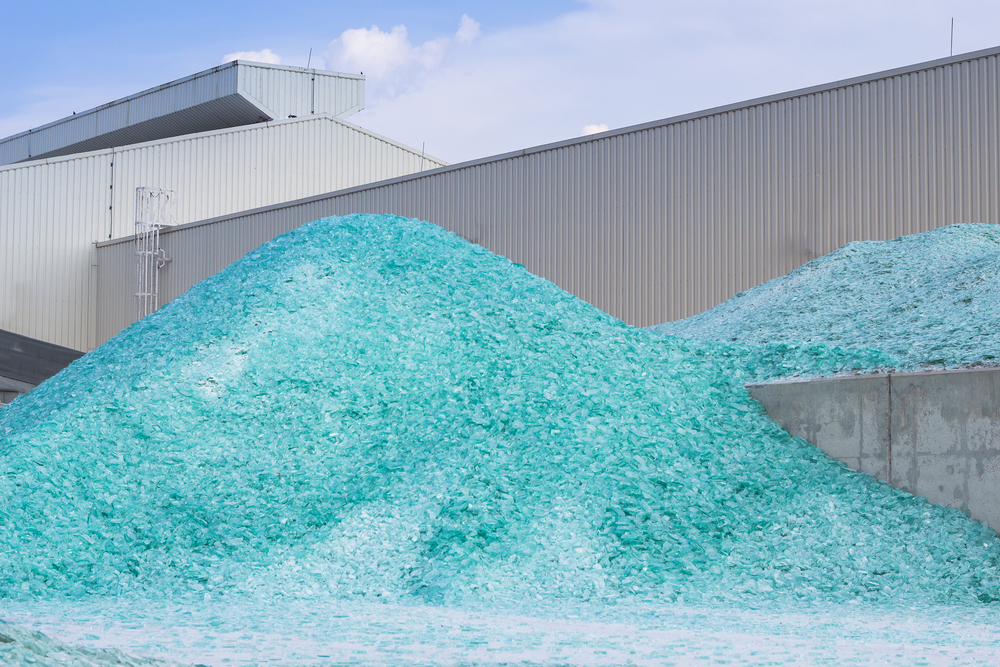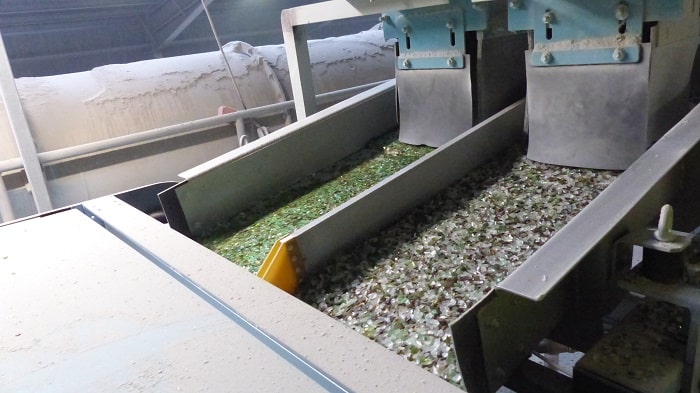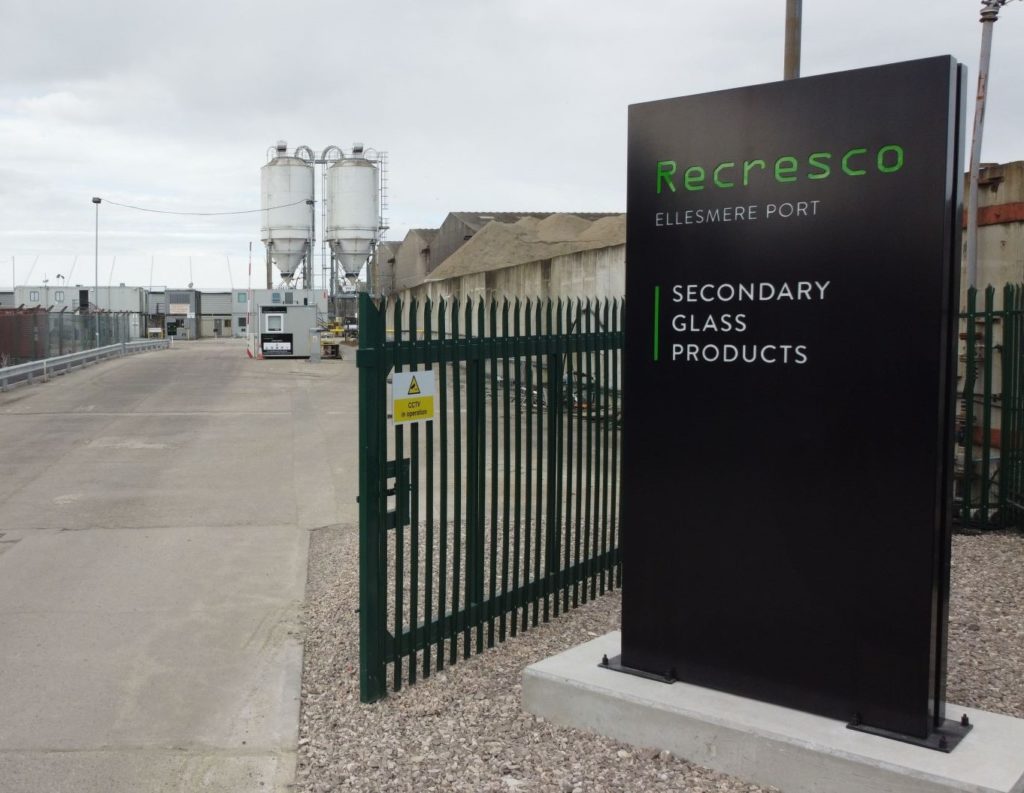Only 537,000 tonnes of glass cullet were recycled to make new containers in 2002, compared to 587,000 in 2001. This represents a drop of 9%.
A spokesman for British Glass, the glass industry trade association, said the fall was down to the rise of alternative markets for used glass, especially in the aggregates sector.
“The decline in closed-loop recycling is solely due to increased competition for recycled glass from alternative markets. This competition from market development groups or compliance schemes, often with high levels of subsidy, has taken glass traditionally used for container manufacture,” he said.
Worrying
Director general of British Glass David Workman said: “This lack of growth is extremely worrying. It results from a lack of collection infrastructure and public awareness in the UK.”
The drop is sharper than that revealed in DEFRA's provisional figures for glass recycling over 2002. The department said 712,174 tonnes was recycled last year – a drop of 3% from the 2001 figure of 735,594.
The rate of container glass recycling has been slowing down since 2001. Last year, British Glass announced that the amount of cullet recycled to make new containers had increased by just 3.5% between 2000 and 2001, compared to a 14% rise between 1999 and 2000 (see letsrecycle.com story).
Message
The UK glass container industry last week held its annual National Glass Week to promote the reuse of used container glass to make new jars and bottles. One of the key messages it tried to put out was that glass could be recycled repeatedly in this way with no loss of quality, whereas some other uses for cullet, such as aggregates, use it only once.
The industry argues that it supports alternative uses for used cullet, particularly green, which represents 50% of waste glass collected but only 16% of containers made in the UK. But it says these uses should not be employed until the container industry has used all the recycled glass it can from the waste stream. At the moment, the trade association says this industry could still double its use of recycled glass to 1.1 million tonnes.
Aims
During National Glass Week, British Glass released seven aims for furthering glass recycling:
- 1. Local authorities should “recognise and advocate that the primary use of recycled glass should be closed-loop container manufacture”.
- 2. Packaging waste regulation targets should be “managed sensibly for the long-term”.
- 3. DEFRA, the Scottish Executive and the Welsh Assembly should keep funding local authority collection infrastructure and ensuring it focuses on dry recyclables collections.
- 4. Landfill Tax should be increased rapidly.
- 5. Use of good practice techniques by local authorities should be linked to access to government and Landfill Tax funds.
- 6. Funding for national public awareness and education campaigns should be maintained.
- 7. The government should approach legislation consistently “so that regulation in one area does not conflict with legislation in other areas”.
The UK currently recycles just 30% of its glass bottles and jars, but the European Packaging Waste Directive is expected to impose a target of about 65% by as early as 2006.








Subscribe for free